As British colonialist expansion brought traders, whalers and missionaries to the South Pacific, gruesome tales of cannibalism among the savage natives they encountered began to trickle back to a horrified public at home.
To the civilized sensibilities of the British, the thought of ‘godless men’ consuming the flesh of their slain enemies was an abomination, the high mark of immorality. Captain James Cook – explorer, cartographer, and eventual main course at a Hawaiian warriors’ banquet – wrote of the New Zealand Maori: “Few consider what a savage man [is] in his original state. […] This custom of eating their enemies slain in battle has undoubtedly been handed down to them from the earliest times. It is not an easy matter to break a nation of its ancient customs [that] let them be so inhuman and savage, especially if that nation is void of all religious principles.”[1]
The horror generated by these cannibalistic practices was used to justify the suppression or elimination of native populations on the basis of racial, cultural and moral superiority over “primeval savagery.” The colonial project was not only about expanding whaling and trade routes, but also of civilizing a ‘godless and savage’ world.
The great irony in all this Eurocentric ‘Age of Empire’ arrogance is that a popular culture of cannibalism existed simultaneously among the British people, as it did in other civilized European countries at the time. They drank human blood, ate human flesh, made ointments from human fat, and manufactured drugs from powdered human skulls. Nearly every part of the human body was used to treat the ailments and afflictions of the day: hair, brain, heart, skin, liver, urine, menstrual blood, placenta, earwax, saliva, and feces.[2]
For hundreds of years, Europeans – rich and poor, educated and illiterate – routinely participated in acts of cannibalism. When acknowledged at all, corpse medicine is thought of as a few bizarre, but isolated, folk remedies relegated to the ancient and medieval periods. But in reality, these cannibalistic healing practices were widely used, and the peak in their popularity coincided with the social and scientific revolutions of the Renaissance and the Early Modern Era… and in Britain they remained popular right up through the Victorian Age.
CHRISTIAN EUROPE DEVELOPS A TASTE FOR HUMAN FLESH
So Jesus said to them, “Very truly, I tell you, unless you eat the flesh of the Son of Man and drink his blood, you have no life in you…” – John 6:53
To better understand the history of corpse medicine, it’s necessary to look back on some of the more macabre healing practices used by the Christian faithful, going back to Roman times – where the consumption of human flesh and blood often went beyond communion metaphor. The inter-connection between the dead and the divine has always been an important part of Christian ritual. As early as the second century, the veneration of “relics” (bones, blood and body parts of martyred saints) became associated with healing and miracles. The body and earthly remains of Christian martyrs provided a spiritual link between life and death, between man and God, and through this link miracles were believed possible.
“And Elisha died, and they buried him. And the bands of the Moabites invaded the land at the coming in of the year. […] and it came to pass, as they were burying a man, that, behold, they spied a band of men; and they cast the man into the tomb of Elisha; and when the man was let down, and touched the bones of Elisha, he revived, and stood up on his feet.” – 2 Kings 13:20-21
The collection of relics gained wide popularity in the 4th century during the persecution of Christians under Emperor Diocletian. Faithful believers claimed miraculous healing powers in these postmortem remains and flocked to the catacombs that housed them, praying over the bodies of dead martyrs…occasionally leaving with grisly souvenirs in hand (the theft of relics became so widespread that they were eventually transferred to above-ground basilicas where they could be better looked after).
Healing miracles continued to be reported through the years by people who touched or prayed over the corpses of dead saints: Saint Francis Xavier, a healer in life whose deceased body mysteriously avoided decomposition for nearly 400 years, is said to have healed various ailments and afflictions by those who have touched his corpse;[3] the mummified head of Saint Catherine of Siena (who, when alive, performed a healing ritual for a dying woman where she “twice forced herself to overcome nausea by thrusting her mouth into the putrefying breast […] and drank her pus”),[4] on display at the Church of San Domenico in Siena, Italy, is also said to be imbued with healing powers; in central Italy, pilgrims would pour olive oil into the open holes of the tomb of the martyred Saint Felix and collect the drippings that ran through his bones and came out at the base to anoint the sick;[5] an oily substance that is said to heal “against diseases of the body and the soul” flows from the decomposed body of St. Walburga, which is regularly collected in a silver cup and distributed among the faithful in small vials;[6] in Bavaria, pilgrims drink blessed wine from the ornamented skull of Saint Sebastian with the promise of good health;[7] and at the Convent of the Blessed Virgin at York, touching the hand of the martyred Margaret Clitheroe is believed to cure “maladies of the throat”.[8]
There are also occasions in church history when the hunger for saintly remains was so great that the pretense of healing miracles wasn’t even a motivating factor. While venerating the skeletal arm of Mary Magdalene, preserved at Fécamp, in Northern France, the twelfth century bishop Hugh of Lincoln (who was himself later canonized in 1220) felt compelled to chew off part of the finger bone. When challenged by the guardians of the precious relic, he defended himself by saying that if he could eat Christ’s body [in the Catholic mass] then he could certainly chew on Magdalene’s arm.[9]
 By the Middle Ages, these ghoulish practices were no longer limited to dead saints. Christian Europe had developed a more general hunger for human flesh and blood.
By the Middle Ages, these ghoulish practices were no longer limited to dead saints. Christian Europe had developed a more general hunger for human flesh and blood.
According to Saint Aquinas, “the whole soul is in the whole body and in each part thereof”.[10] Following this logic, “certain Christian practitioners seem to have believed that it was possible to consume the powers of the human soul” and “make use of the force of the soul, alchemically processing and transforming the raw material of the body.”[11] This belief parallels those of various “savage” warrior societies who feasted on their slain enemies in order to consume their ‘essence’ or ‘life-force’.
Whether as practiced “soul consumption” or a crude form of psychological warfare, during the First Crusades there are numerous accounts of Christian soldiers who feasted on the flesh of Muslims.[12] According to the Crusaders’ chronicler at the time, Radulph of Caen, “[O]ur troops boiled pagan adults in cooking pots; they impaled children on spits and devoured them grilled.”.[13]
THERE IS POWER IN THE BLOOD
For the life of the flesh is in the blood, and I have given it for you on the altar to make atonement for your souls, for it is the blood that makes atonement by the life. – Leviticus 17:11
Blood in particular was believed to contain the essence of life and the human spirit, which could be transferred directly through its consumption. The German Dominican friar, Saint Albertus Magus (1206-1280), often credited as being the greatest scientist of his day, prescribed ‘a most precious water’ that contained the distilled blood of a healthy man. He claimed “any disease of the body, if it be anointed therewith, is made whole, and all inward diseases by the drinking thereof. A small quantity thereof received, restoreth them that have lost all strength: it cureth the palsy effectuously, and preserveth the body from all sickness.”[14]
It’s recorded that, in 1483, King Louis XI struggled for life by drinking the blood of small children as a means of revival. “Every day he grew worse,” according to his physician, “and the medicines profited him nothing, though of a strange character; for he vehemently hoped to recover by the human blood which he took and swallowed from certain children.”[15] In 1492, while Pope Innocent VIII lay semi-comatose on his death bed after an apoplectic stroke, his doctor bled three young Shepard boys and had the pope drink it as a crude form of blood transfusion. The “transfusion” was unsuccessful. The boys died, as did the pope.[16]
Some monks even prepared a blood “marmalade of sorts” for medicinal purposes. The 1679 recipe from a Franciscan apothecary advised the cooks to “let [the blood] dry into a sticky mess [and then] place it upon a flat, smooth table of soft wood, and cut it into little slices, allowing its watery part to drip away. When it is no longer dripping, place it on a stove and stir it to a batter with a knife. When it is absolutely dry, place it immediately in a very warm bronze mortar, and pound it, forcing it through a sieve of finest silk. When it has been sieved, seal it in a glass jar. Renew it in the spring of every year.”[17]
THE ALCHEMY OF THE DEAD
“We preserve our life with the death of others. In a dead thing insensate life remains which, when it is reunited with the stomachs of the living, regains sensitive and intellectual life.” – Leonardo da Vinci
By the time of the Renaissance, faith-based healing miracles gave way to a more scientific approach in medical practice. The religious superstitions of the past were being replaced by a more humanist and modern outlook in the popular consciousness, and as a result great advances were made in the areas of biology, chemistry and medicine. Interestingly enough, it was during this period that medicinal cannibalism became even more popular in its everyday use.
At this crossroads of science, spirituality, medicine and the macabre was the art of alchemy.
Alchemy is often thought of as a pseudo-science, a fraudulent forerunner to chemistry motivated primarily by the promise of wealth through the transmutation of base metals into gold. But there is a fairly complex spiritual, philosophical and holistic side of alchemy that goes much deeper than this common misunderstanding of the subject. The basic philosophical underpinning is the belief that the universe is a unity, that everything is inter-connected. The alchemists found a principle of unity and order in a universally-binding substance they referred to as ‘First Matter’ – which wasn’t matter in the normal sense of the word, but rather the possibility of matter.[18] It was the essential substance from which all other substances formed and alchemists believed that if you could reduce a substance to this original material you could manipulate or construct it into another substance (ie, lead into gold).
How this alchemical philosophy informed the practice of corpse medicine is simple: old matter decomposes, and through this decomposition it becomes the raw material once more malleable and able to take on new qualities. Alchemists thought of this malleable material like a new seed of a plant; when the plant dies it turns to seed, the seed germinates in the ground, giving birth to a new plant.[19] Through the rendering or distillation of human organic matter, a ‘base essence of life’ could be derived and utilized in the homeopathic treatment of sickness and disease. As bizarre as this might seem, the basic premise – at least in theory – is not any more outlandish than the use of stem cell therapy today.
MAGIC INTO SCIENCE
“Decay is the beginning of all birth – and of all health” – Paracelsus
Swiss-born physician Theophrastus Bombastus von Hohenheim (1491-1541), better known as Paracelsus, was the first person to advocate an essentially ‘chemical view’ of the world. He saw the living organism as a complex of different substances, each of which could be understood and affected through specific medicinal powers, and anticipated the basic disciplines that constitute modern medicine – pharmacy, physiology, biochemistry and drug-therapy.[20] He was also an enthusiastic alchemist and a crucial figure in the history of corpse medicine.
Paracelsus wrote about the curative benefits of drinking warm human blood and advocated harvesting the corpses of executed criminals for medical purposes. “[I]f physicians or any other body understood but the right use of [a corpse], or what it is good for,” he argued, “not any malefactors would be left three days on the gallows, or continue on the wheel”.[21] Fresh cadavers, where the individual died a recent and violent death, were especially valued for their healing properties, the assumption being that all organisms have a predetermined life span, and if a body died in an unnatural way, the remainder of that person’s life could be harvested.[22]
He also championed for the medicinal use of “mummy.” For years European practitioners of corpse medicine had claimed a wide variety of uses for Egyptian mummies, curing everything from headaches to stomach ulcers. Plasters made from mummy powder could be applied to sores, bruises or tumors, and distilled with herbs and ingested as a general “elixir of life” for good health.[23] The supposed virtue was originally based on the medicinal properties of natural bitumen, a black tar-like substance sometimes used in preserving the dead in ancient Middle Eastern cultures (unfortunately most Egyptian mummies were embalmed with resin, not bitumen).[24]
However, from Paracelsus’s medical journals, it’s clear that he is not talking about the ancient remains of pharaohs, but rather those of the recently deceased. He believed that the healing virtue of “mummy” was not found in the bituminous or resinous preparation of the corpse, but in the actual corpse itself.[25] Mummy, or mummia, eventually became a medical term that referred to the “medicinal preparation of the remains of an embalmed, dried, or otherwise ‘prepared’ body that had ideally met with sudden, preferably violent death”.[26]
Oswald Croll, a German alchemist and follower of Paracelsus, described the preparation of a curative supplement consisting of “mummy” in his Basilica Chymica (1608). A physician was to “[t]ake the fresh corpse of a red-haired, uninjured, unblemished man, 24 years old and killed no more than one day before, preferably by hanging, breaking on the wheel or impaling… Leave it one day and one night in the light of the sun and the moon, then cut into strips.” He also gave instruction on how best to mask the taste of the decomposing flesh, suggesting one “[s]prinkle on a little powder of myrrh to prevent it from being too bitter. Steep in spirit of wine for several days. As the foulness of it causes an intolerable humidity in the stomach, it is a good idea to macerate the mummy with oil.”[27]
A Paracelsian physician named Edward Bolnest noted in his Aurora Chymica that British doctors were making use of Croll’s recipe by the 1600s. In it he describes a “mummial quintessence” made from “the flesh of a sound young man dying a violent death”. Three or four pounds of flesh should “be taken from his thighs or other fleshy parts” and put into a suitable glass container with a “highly rectified spirit of wine.” The recipe goes on to describe a curing process with salt before pounding the dried flesh into “a most subtle powder.” Bolnest’s quintessence of mummy was said to produce “wonderful effects both in preserving and restoring health”.[28]
BRITAIN TAKES MEDICINAL CANNIBALISM INTO THE MODERN AGE
‘Tis true. There’s magic in the web of it.
A sibyl, that had numbered in the world
The sun to course two hundred compasses,
In her prophetic fury sewed the work.
The worms were hallowed that did breed the silk,
And it was dyed in mummy which the skillful
Conserved of maidens’ hearts.’ (Othello, 1603)
In this scene from Shakespeare’s Othello, Desdemona seeks to apply a handkerchief to her epileptic husband’s head that was treated with ‘mummy’ – a cultural reflection of just how popular corpse medicine had become among the British at that time.
In 1562, a physician from Cambridgeshire named William Bullein published Bullein’s Bulwark of Defence Against All Sickness. This widely read medical book contained some of the earliest English-language references to the medical theories and practices of Paracelsus – including the use of ‘mummy’ and blood-medicines. A few years later, John Bannister, royal surgeon and medical councilor to Queen Elizabeth I, published his Antidotary Chyrurgical, where he described numerous balms, plasters, drinks, powders and oils made from ‘mummy’.[29] Before long, the use of corpse medicine had become widespread at all levels of British society.
Flesh of various sorts was used against external or internal bleeding (it could also be swallowed for gout or other inflammations, as an antidote to poison, as a treatment against fever or diarrhea, and in the form of an ointment it was applied to hemorrhoids and ulcers). Rendered human fat treated rheumatism, nervous disorders, gout, wounds, breast cancer, cramps, aches and melancholy. Fresh blood was used against epilepsy, and in a powdered form could be used to staunch bleeding. Powdered skull was also a popular epilepsy treatment and other diseases of the head, and “skull moss” was used to treat nose bleeds or open wounds.[30] Powdered mummy was used for various illnesses from headaches to heartburn, and as a topical plaster to treat sores and tumors. Human brain matter, brewed in “wine and horse manure for half a year before distilling,” was yet another strange epilepsy treatment. And the “sweat from the hand of a man who was hanged” was believed to cure cysts and warts.[31]
Sir Francis Bacon, often considered the “Father of Modern Science,” was himself a strong advocate for corpse medicine. “Mummy,” he claimed, “hath great force Staunching Bloud; which, as it may be ascribed to the mixture of the Balmes, that are glutinous; so it may also partake of a secret Propriety; in that the Bloud draweth man’s flesh.”[32] Bacon also details a wound salve in his Sylva Sylvarum that contains “usnea.”[33] Usnea, or “skull moss,” is the mold or mildew that grows on a human skull (“preferably from the victim of a violent death”) that’s been left unburied and exposed to the elements. It has been collected and used for medicinal purposes since ancient times – and remained an official drug in England into the late 1800’s.[34] It was believed that the soul escaped from the tip of the head upon dying, but when the person suffered an instant, violent death, the soul became trapped and contained within the skull.[35] According to Paracelsians, the collected moss possessed the “vital spirits [that] would burst forth to the circumference of [the] skull”.[36] By the 17th century skull moss was worth its weight in gold as a remedy for infections, nosebleeds, epilepsy and head wounds.
Dr. Jonathan Goddard, a distinguished Fellow of the Royal College of Physicians, developed a “miracle remedy” in the 1660s made from both usnea and powdered skull fragments that he prescribed for fainting, apoplexies, lethargy and fatigue. He sold the recipe for £6000 to King Charles II, a reasonably skilled chemist in his own right, who began distilling this ‘spirit of skull’ in his own private laboratory. “The King’s Drops,” as it became known, was the medicine requested by Charles II while he was on his deathbed in 1685. A royal physician recorded, “the king’s condition did not improve, indeed it grew worse, and in the emergency forty drops of extract of human skull were administered to allay convulsions.”[37] A few years later, in 1694, Queen Mary II lay “ill to extremity” and was also administered The King’s Drops to no affect. She died soon after.[38]
Charles II and Mary II weren’t the only cannibals among British aristocracy to use human remains for medical purposes: Queen Elizabeth I is said to have treated her smallpox scars with an unguent made from ‘man’s grease’ (rendered human fat);[39] Elizabeth Grey, the Countess of Kent, authored a household self-help book on medicine entitled A Choice Manual, or Rare Secrets in Physic and Chirurgery in 1653, which included recipes using skull powder, urine and excrement;[40] King William III, an epileptic, was treated regularly with “a preparation of earthworms and human skull”;[41] And Sir Theodore Turquet de Mayerne – physician to Henri IV, James I, Charles I, Charles II and Oliver Cromwell – prescribed treatments for gout that were “composed of scrapings of an unburied human skull, herbs, white wine, and whey to be taken at full moon,” and for bruising he recommended “mummy” derived from “the lungs of a man who had suffered a violent death.”[42]
For the afflicted lower classes, who could hardly afford exotic ingredients like powdered mummy or skull moss, the consumption of human blood was especially popular. At public executions it wasn’t uncommon for sick commoners to crowd around the scaffold, cups in hand, waiting to “quaff the red blood as it flows from the still quavering body” of a freshly executed criminal.[43] The blood of royals in particular was believed to have almost divine healing qualities. When Charles I was tried for treason and publicly beheaded in 1649, a near-riot broke out as bystanders rushed forward to “wash their hands in the royal blood.” Afterward, the executioner was reported to have sold scraps of his hair and handfuls of blood-soaked sand to the highest bidders.[44]
The 17th century pioneering chemist and founding fellow of the Royal Society, Robert Boyle, devoted extensive research to the medicinal use of ‘blood therapies.’ In his Memoirs for the History of Humane Blood (1683), he extols the use of human blood for a variety of different ailments – including asthma, epilepsy, acute fevers, pleurisy, consumption, hysteria, convulsions, palsy, distemper and jaundice.[45] British pharmacists made oils from human blood well into the late 18th century that were reputed to cure most illnesses, and also extracted the salts to alleviate headaches and joint pains.[46]
A GHOULISH INDUSTRY
By the 17th century, the entirety of a human cadaver was thought to have some healing value, and was accordingly harvested for the raw ingredients that would produce various elixirs, powders and salves. To meet this demand, a booming industry developed around the cannibalistic trade in human bodies.
As far back as the 12th century, European exporters had been raiding tombs in Egypt and shipping mummies across the Mediterranean Sea to apothecaries in large quantities. Eventually, the demand for Egyptian mummies reached such heights that it inspired fraud, as traders decided it was more profitable to kill slaves, stuff them with bitumen and dry their bodies in the sun, and then sell the corpses as genuine ancient mummy.[47] In addition to these counterfeits, merchants also turned to sources like the Canary Islands, off the northwest coast of Africa, where the Guanche people once practiced mummification as a funerary practice. After Spain invaded the Canary Islands in 1402, thousands of mummies were found in caves – almost none of which are in existence today because they were ground into powder and sold as medicine.[48] By the 1650s, mummy was a popular enough commodity to be included in a list of items subject to import duty, with a tax of one shilling per pound.[49]
The widespread practice of blood-letting during this period provided a more than sufficient source for fresh blood. Surgeons were even known to collect the blood of their customers in glass jars and display them in their shop windows for sale.[50]
Demand for usnea and powdered skull resulted in the import of tens of thousands of Irish skulls from those killed in 16th and 17th-century battles. For a period of time, the skull trade represented the largest British import from Ireland, with Irish skulls being displayed in the shops of London chemists well into the 1800s. Particularly valuable were the moss-covered skulls of the dead who had been deliberately left to rot on the battlefield, which could be worth up to eleven shillings each (a small fortune at the time). Like mummies, the trade was so lucrative that the English imposed an import tax, called cranium humanum, of one shilling per skull.[51]
Body snatching was another means by which corpses and bones were harvested and manufactured into pharmaceuticals. By the 17th century, this practice reached epidemic proportions in Britain, supplying both the needs of the proliferating number of anatomy schools at the time and those of chemists and physicians who used the corpses for medicinal purposes. Rising demand, and sometimes severe shortages, caused prices to fluctuate, but the general drift was upwards. By the 1790s, one London gang was said to have been selling adult corpses for “two guineas and a crown”.[52]
Executed criminals were regularly snatched from scaffolds and gibbets and sold to the apothecaries and druggists. The famous par-boiled and tar-preserved heads of executed traitors displayed on London Bridge also found healing purpose in the 1560s. Workers from the Royal Mint who were suffering from arsenic poisoning were given some of these mummified heads as medicinal cups, from which they consumed a noxious elixir prescribed for their headaches and lightheadedness.[53]
Even ancient burial sites were seen as a bountiful source for medicinal ingredients. In 1685, it was reported by authorities that a Dr. Toope of Marlborough removed “many bushels of bones” from the ancient stone circle on Overton Hill, in the Avebury countryside, so he could produce what he referred to as “a noble medicine”.[54]
CONCLUSION
By the mid-18th century, corpse medicine was on the decline. The rise of Enlightenment attitudes to science and superstition and “a desire to create a newly respectable ‘medical profession; [and] a changing attitude toward hygiene, the body and disgust”[55] were all contributing factors. However, that isn’t to say that its use ended entirely.
In 1743, the British physician Robert James published his Medicinal Dictionary where he noted the virtues of human fat as a painkiller, an emollient, an anti-paralytic, and against gout and contracted nerves.[56] In his Pharmacopoeia Universalis (1747) he cites the use of “the flesh of a mummy” to resolve blood clots, coughs, menstrual problems and wounds.[57] Around the same time, John Keogh, a respected Irish clergyman and community physician, recommended pulverized human heart for dizziness,[58] warm blood to alleviate sickness, and powdered mummy for the treatment of gangrenous wounds.[59]
Of all the forms of corpse medicine, it was the use of powdered skull and usnea that continued on the longest in Britain. References can be found into the Victorian Era, and it may have been used as late as the early 20th century. In 1847, a Bradford man was consulted by a physician to treat his daughter’s epilepsy with “the skull of a young woman, not decayed and… pound it small, mix it with treacle (molasses), and give it in small doses to the young woman.” An edition of London Standard noted that, in 1852, a bottle was found on the shelves of a chemist at Leamington that was labeled “Moss from a dead man’s skull,” and The Yorkshire Herald reported that skull moss was still being used to treat headaches as late as 1892.[60]
The years where the use of corpse medicine was at its peak not only ran parallel to periods of great social and scientific progress, but also with the age of exploration and colonial expansion that brought European settlers to all corners of the globe. The sensibilities of the Old World were shocked and appalled by the ritualistic forms of New World cannibalism encountered in the South Pacific, Africa and the Americas – all while the medicinal consumption of powdered skull, warm blood, and rendered human flesh routinely took place back home. As Richard Sugg asks in Mummies, Cannibals and Vampires, “Just who were the real cannibals? Was it those without books, without guns, given to wearing fewer clothes and worshiping lesser-known gods? Or was it those who, in their determination to swallow flesh and blood and bone, threw cannibal trade networks across hundreds of miles of land and ocean, established cannibal laboratories, sponsored cannibal body-snatchers, and levied import duties on human bodies and human skulls?”[61]
—————-
1. Among The Cannibals: Adventures on the Trail of Man’s Darkest Ritual, Paul Raffaolo; pg. 138-9
2. Mummies, Cannibals and Vampires: The History of Corpse Medicine from the Renaissance to the Victorians, Richard Sugg; pg. 1
3. Healing Without Medicine, Jeremy Kingston; pg. 65
4. Holy Feast and Holy Fast: The Religious Significance of Food to Medieval Women, Caroline Bynum; pg. 172-73
5. Holy Bones, Holy Dust: How Relics Shaped the History of Medieval Europe, Charles Freeman; pg. 5
6. The Oil of Saints, New Advent Catholic Encyclopedia
7. Executed Criminals and Folk Medicine, Mabel Teacock; Folklore, Volume 7; pg. 276
8. ibid;; pg. 282
9. Mummies, Cannibals and Vampires: The History of Corpse Medicine from the Renaissance to the Victorians, Richard Sugg; pg. 199
10. Summa contra Gentiles, Thomas Aquinas; pg. 180
11. Mummies, Cannibals and Vampires: The History of Corpse Medicine from the Renaissance to the Victorians, Richard Sugg; pg. 173
12. Europe’s Hypocritical History of Cannibalism, Sarah Everts; Smithsonian Magazine, April 25, 2013
13. The Crusades Through Arab Eyes, Amin Maalouf; pg. 37-40
14. Mummies, Cannibals and Vampires: The History of Corpse Medicine from the Renaissance to the Victorians, Richard Sugg; pg. 13
15. The Blood Covenant: A Primitive Rite and Its Bearings on Scripture, Henry Clay Trumbull; pg. 124
16. Europe’s ‘Medicinal Cannibalism’: The Healing Power of Death, Philip Bethge; Speigel Online International, January 30, 2009
17. Mummies, Cannibals and Vampires: The History of Corpse Medicine from the Renaissance to the Victorians, Richard Sugg; pg. 20
18. The Black Arts: A Concise History of Witchcraft, Demonology, Astrology, Alchemy and other Mystical Practices Throughout the Ages, Richard Cavendish; pg. 138
19. Alchemy, Alan G. Hefner
20. Vitalism: The History of Homeopathy, Herbalism and Flower Essences, Matthew Wood; pg. 2
21. Mummies, Cannibals and Vampires: The History of Corpse Medicine from the Renaissance to the Victorians, Richard Sugg; pg. 20
22. Europe’s ‘Medicinal Cannibalism’: The Healing Power of Death, Philip Bethge; Speigel Online International, January 30, 2009
23. Powdered Mummy, Gladiator Blood, and other Historical Medicines Made from Human Corpses, Lauren Davis; io9.com
24. Mummy As A Drug, Warren R. Dawson; Journal of the Royal Society of Medicine, November 2, 1927; pg. 34
25. ibid; pg. 37-38
26. Anthropophagy in Post-Renaissance Europe: The Tradition of Medicinal Cannibalism, Karen Gordon-Grube; American Anthropologist, Issue 90 (1988), pg. 406
27. Early Drugs and Medicinal Cannibalism, Benjamin Breen; Res Obscura Blog
28. Mummies, Cannibals and Vampires: The History of Corpse Medicine from the Renaissance to the Victorians, Richard Sugg; pg. 52-53
29. ibid; pg. 23
30. ibid; pg. 14-15
31. Appalling Drugs Made of Human Bodies, All-Doing Blog, July 14, 2012
32. The Mummy Congress: Science, Obsession, and the Everlasting Dead, Heather Pringle; pg. 289
33. Sylva Sylvarum, Francis Bacon; pg. 265
34. The Magical Power of Cannibalism, Julie Washington; Crossroads: An Interdisciplinary Journal for the Study of History, Religion and the Classics, Volume VI, Issue 1, 2012; pg 52
35. A Primary Source Analysis: Archidoxes of Magic by Theophrastus Paracelsus, Isseicreekphilosophy Blog
36. Medicinal Cannibalism, Louise Nobel; pg. 475
37. Devils, Drugs and Doctors, Howard Wilcox Haggard; pg. 334-35
38. Mummies, Cannibals and Vampires: The History of Corpse Medicine from the Renaissance to the Victorians, Richard Sugg; pg. 64
39. Our Cannibal Kings, Richard Sugg; Mail Online, June 3, 2011
40. Mummies, Cannibals and Vampires: The History of Corpse Medicine from the Renaissance to the Victorians, Richard Sugg; pg. 53-54
41. ibid; pg. 228
42. ibid; pg. 35
43. Executed Criminals and Folk Medicine, Mabel Peacock; Folklore 7 (1896), pg. 274
44. Mummies, Cannibals and Vampires: The History of Corpse Medicine from the Renaissance to the Victorians, Richard Sugg; pg. 86
45. ibid; pg. 61-62
46. The Magical Power of Cannibalism, Julie Washington; Crossroads: An Interdisciplinary Journal for the Study of History, Religion and the Classics, Volume VI, Issue 1, 2012; pg 53
47. Mummy As A Drug, Warren R. Dawson; Journal of the Royal Society of Medicine, November 2, 1927; pg. 36-37
48. Medieval Doctors and Their Patients, James M. Deem
49. Mummy is Become Merchandise: Literature and the Anglo-Egyptian Mummy Trade in the Seventeenth Century, Philip Schwyzer; pg. 75
50. The Aztecs, Cannibalism and Corpse Medicine, Richard Sugg
51. British Skulduggery Proved a Healthy Export, Sean O’Riordan; Irish Examiner, May 25, 2011
52. Mummies, Cannibals and Vampires: The History of Corpse Medicine from the Renaissance to the Victorians, Richard Sugg; pg. 86
53. Severed: A History of Heads Lost and Heads Found, Frances Larson; pg. 152
54. Body Snatchers, Colin Blakemore & Shelia Jennett; The Oxford Companion to the Body
55. Mummies, Cannibals and Vampires: The History of Corpse Medicine from the Renaissance to the Victorians, Richard Sugg; pg. 264
56. ibid; pg. 232
57. The Uncomfortably Common Practice of Medicinal Cannibalism, Keith Veronese; io9.com
58. Europe’s ‘Medicinal Cannibalism’: The Healing Power of Death, Philip Bethge; Speigel Online International, January 30, 2009
59. Mummies, Cannibals and Vampires: The History of Corpse Medicine from the Renaissance to the Victorians, Richard Sugg; pg. 235
60. ibid; pg. 265-67
61. ibid; pg. 2



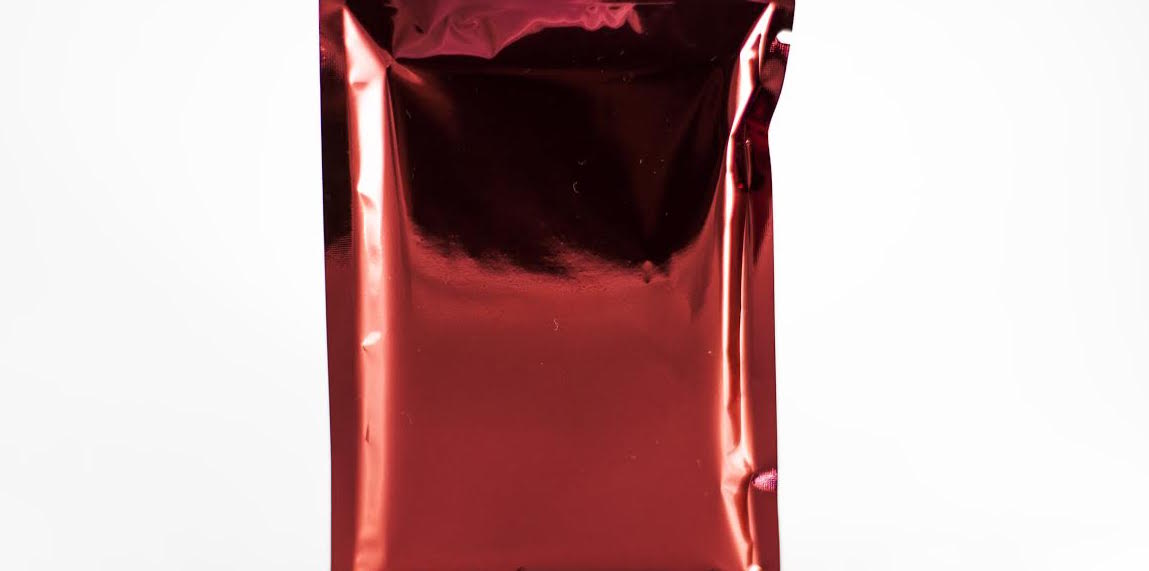
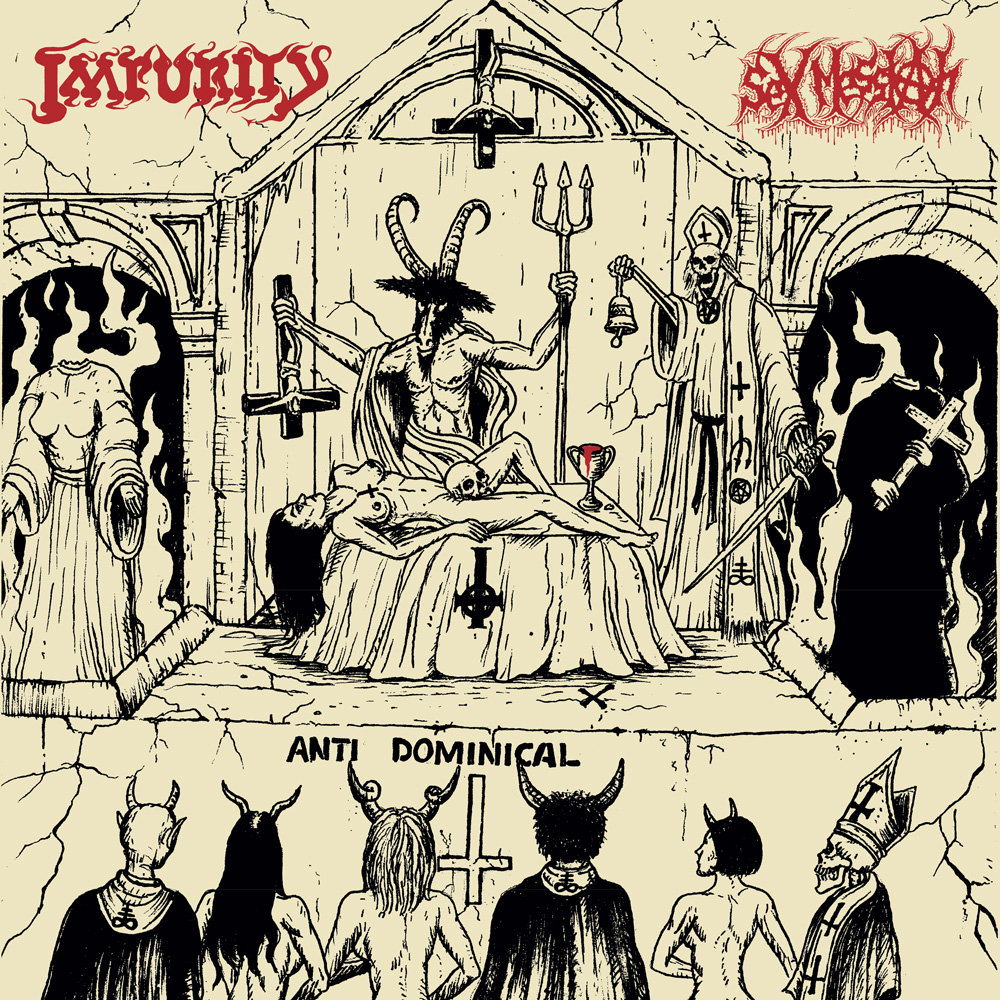

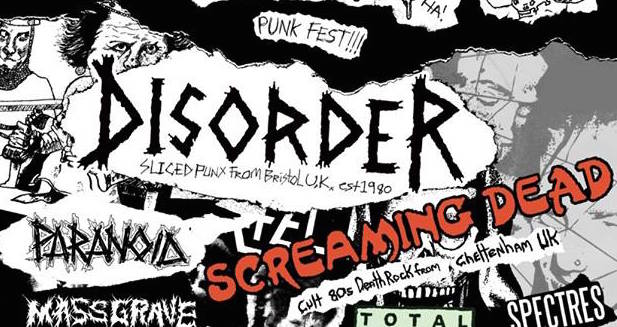

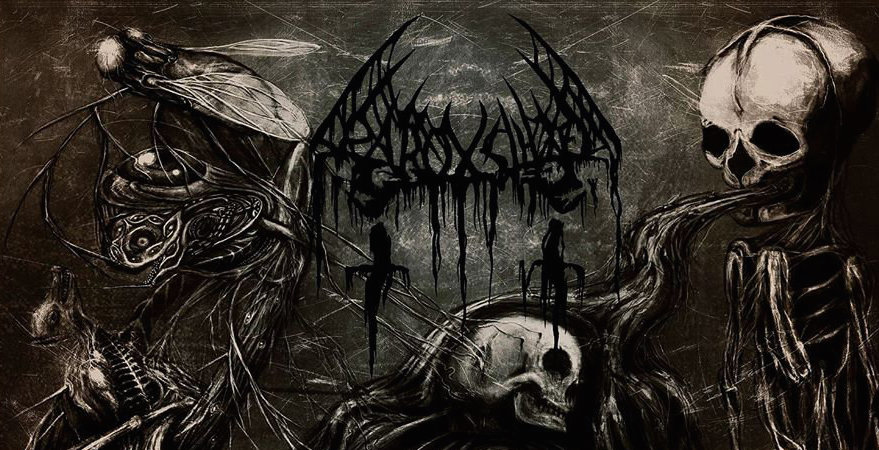
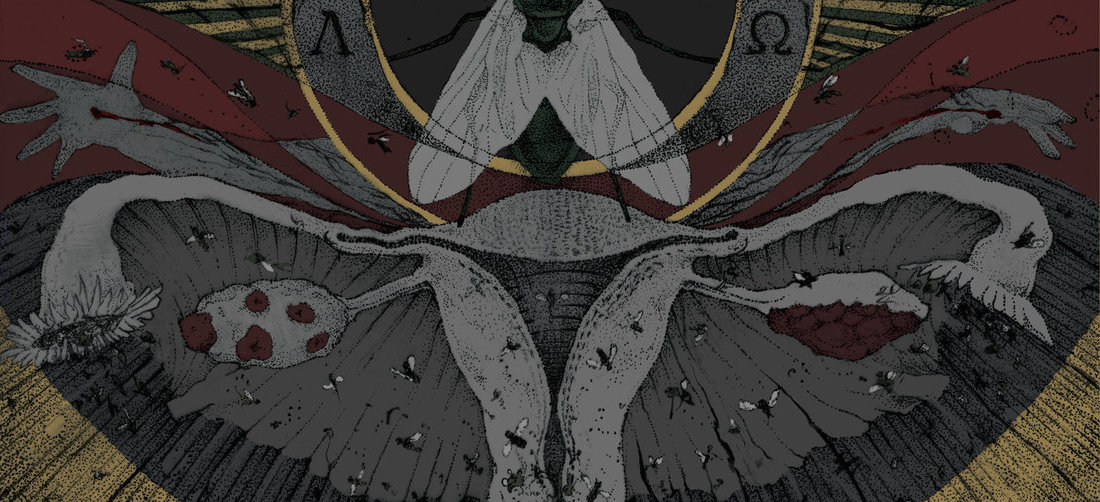
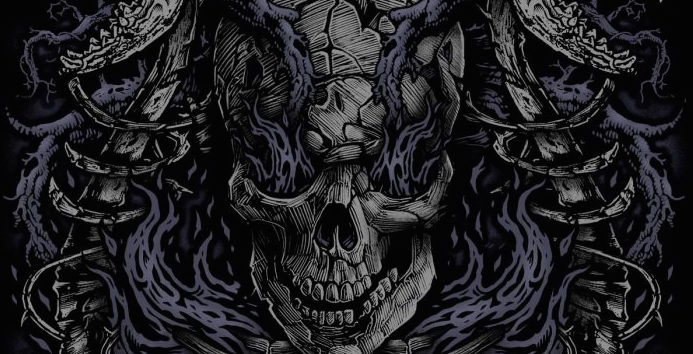
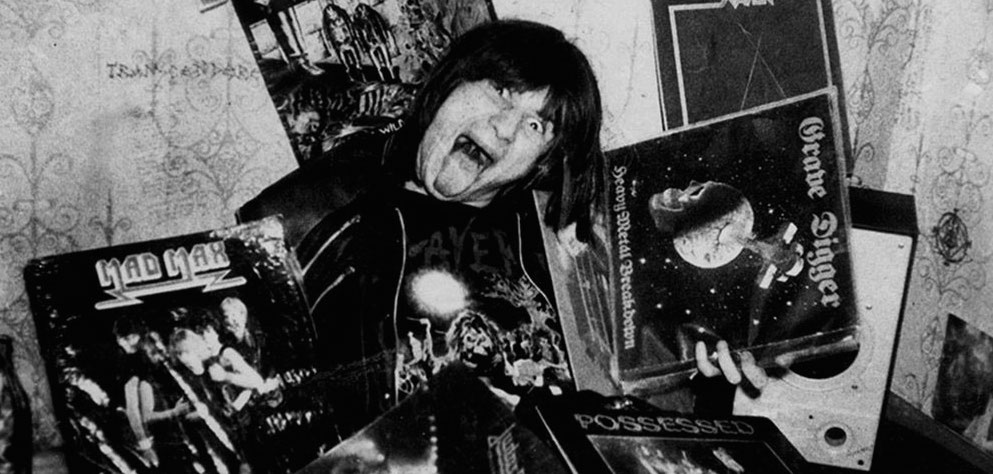
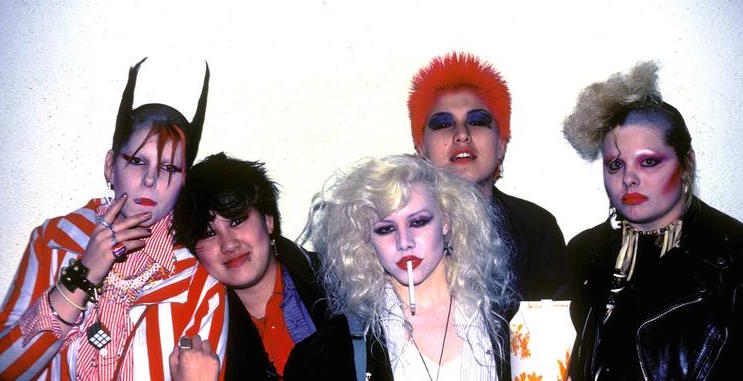
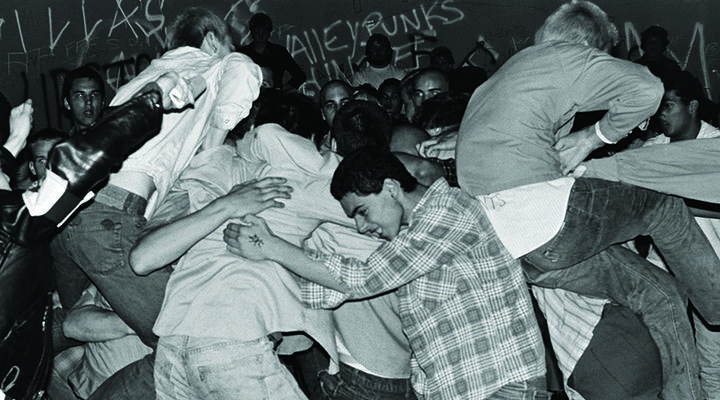





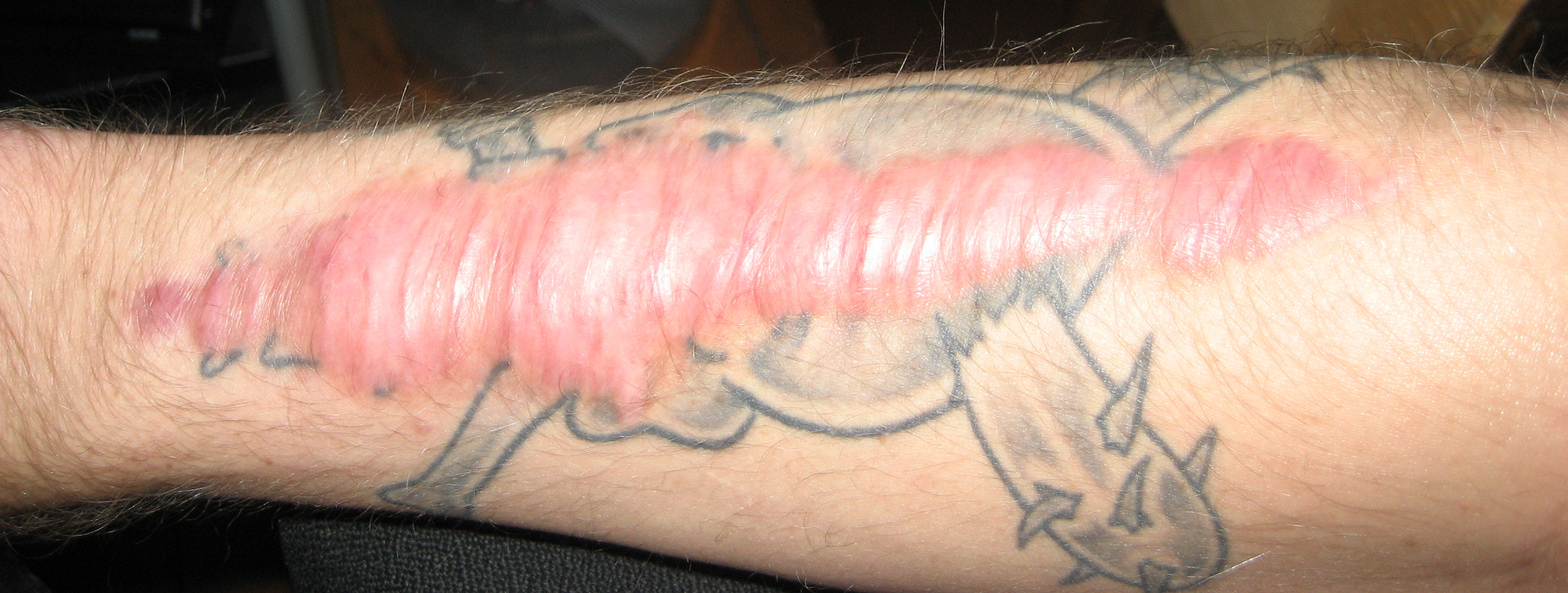
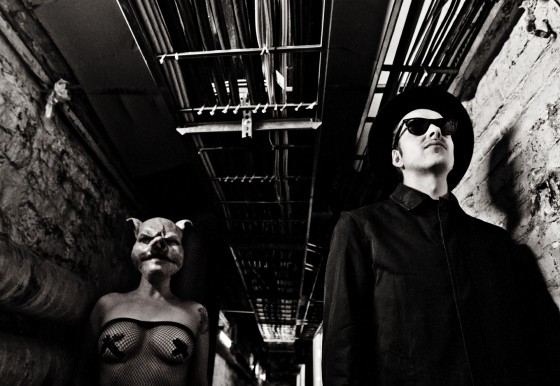
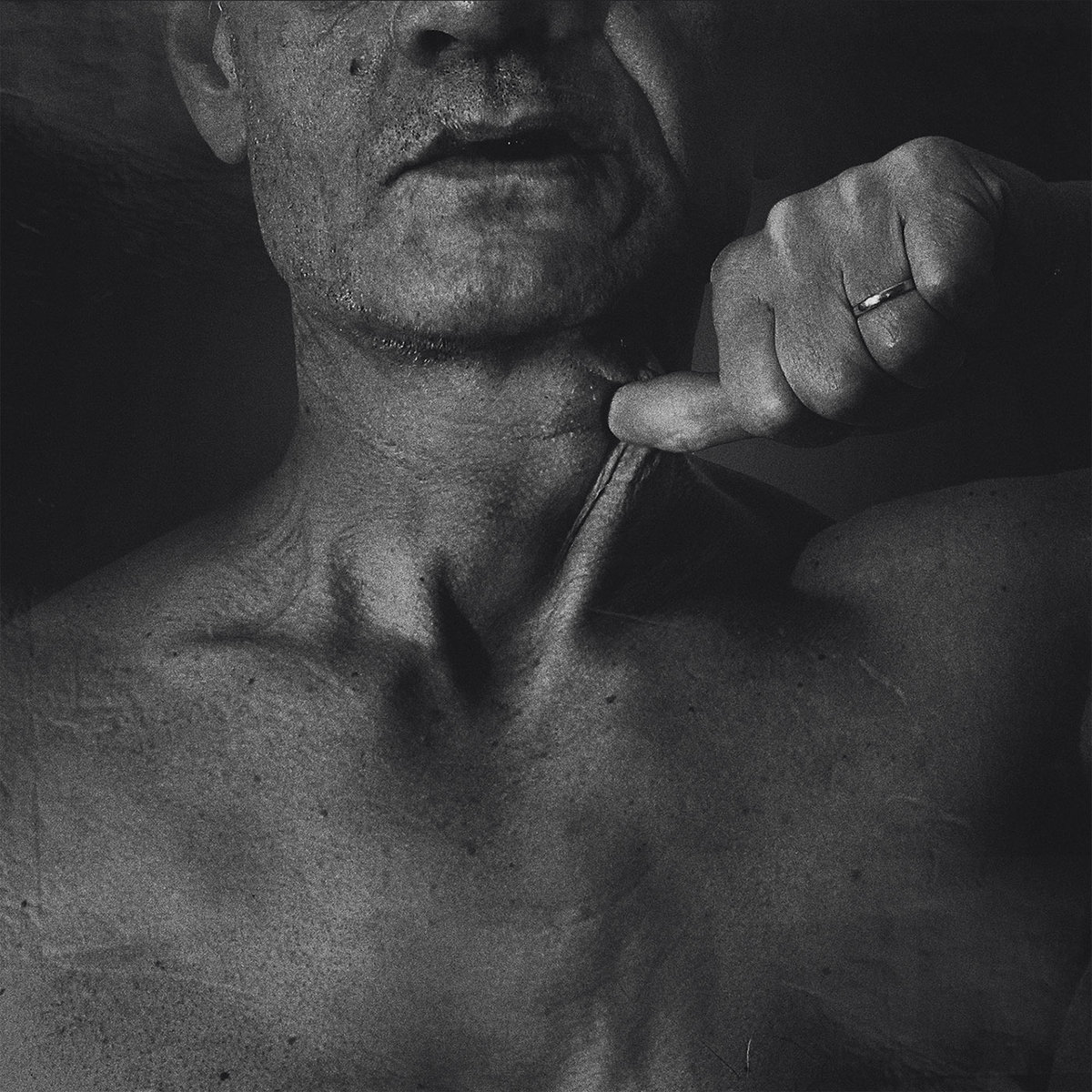

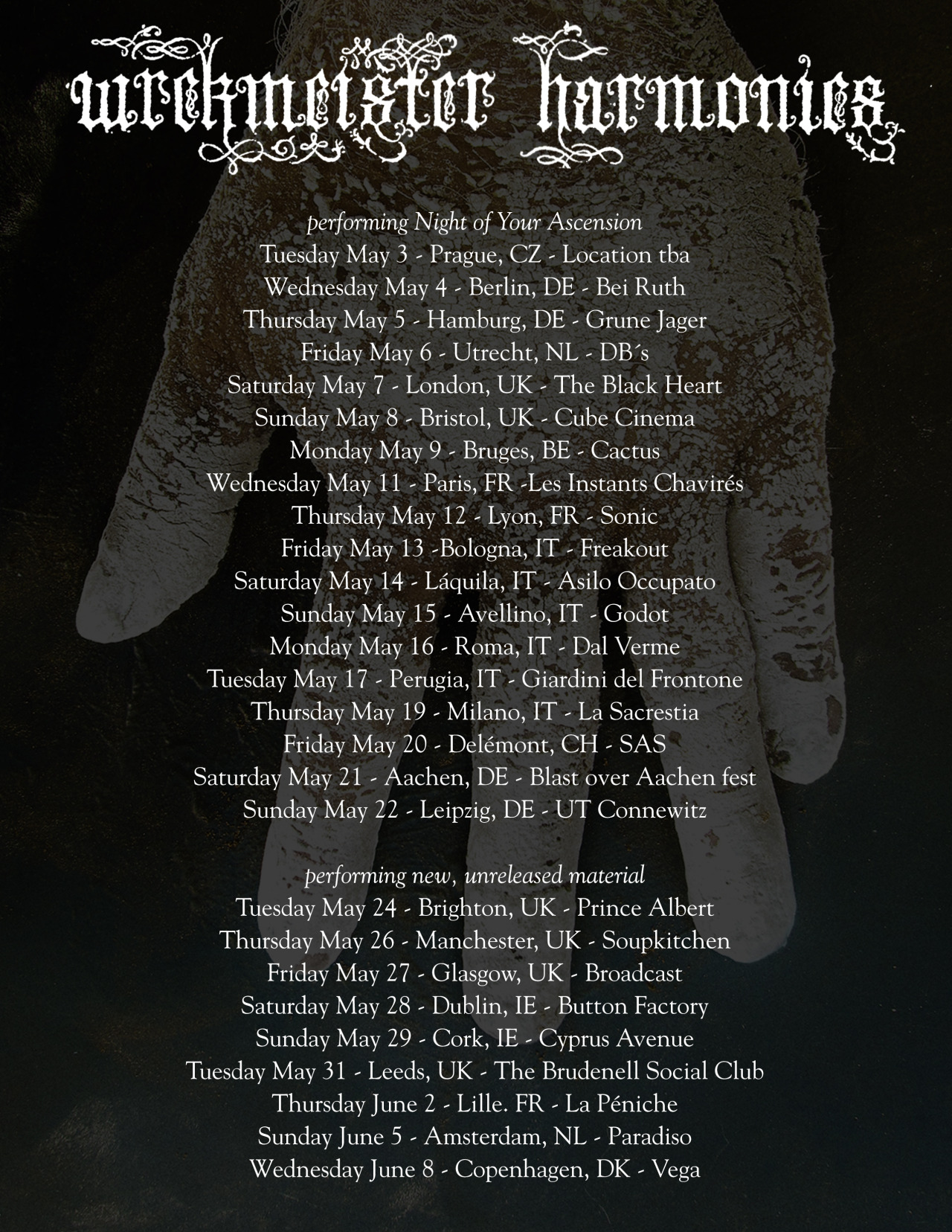
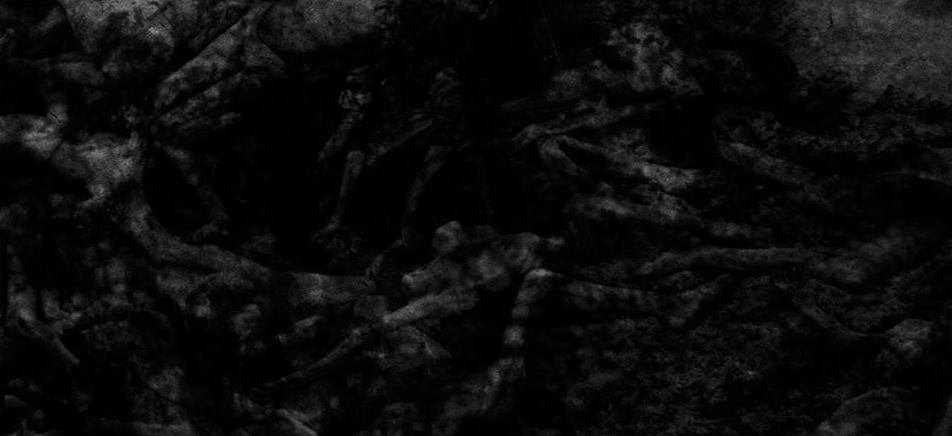




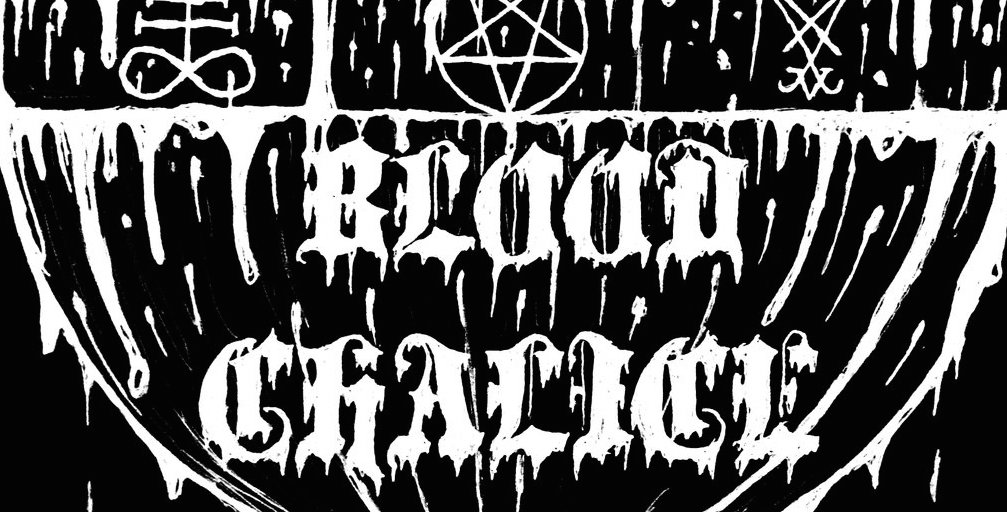
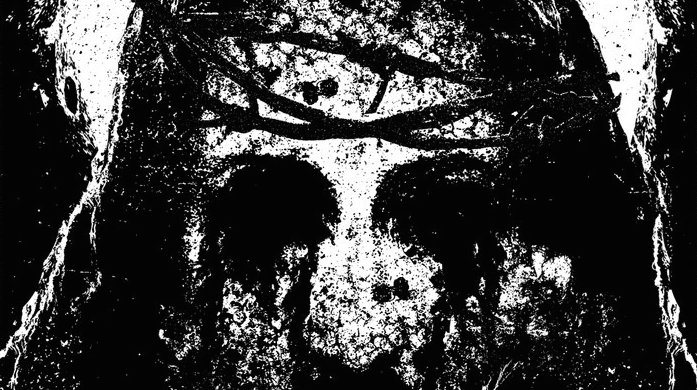




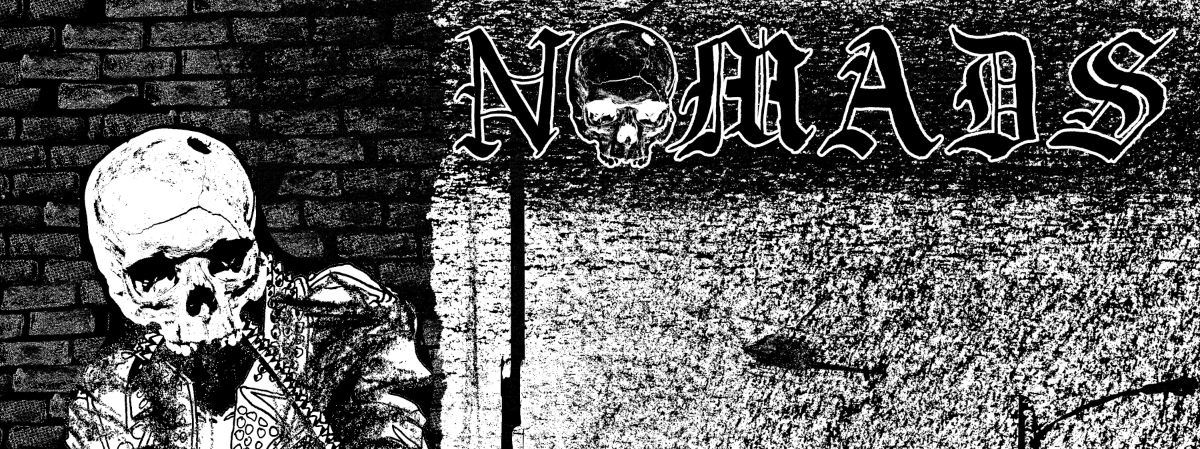


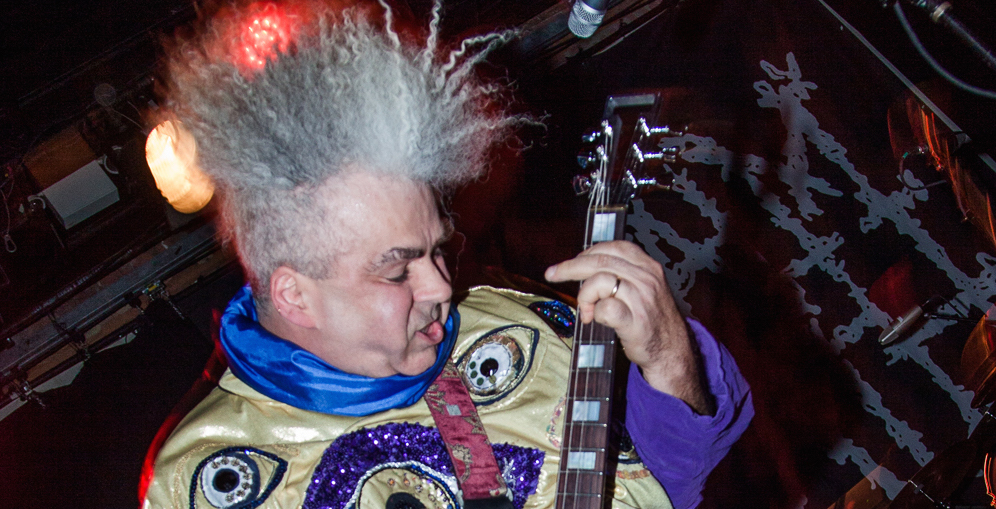

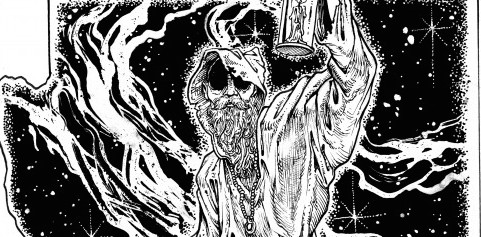
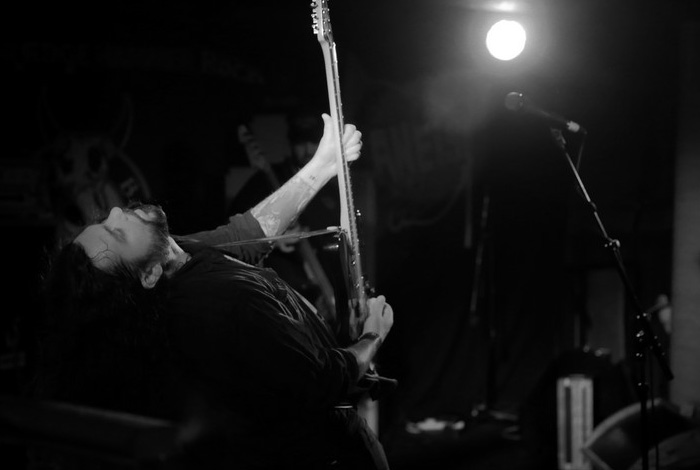




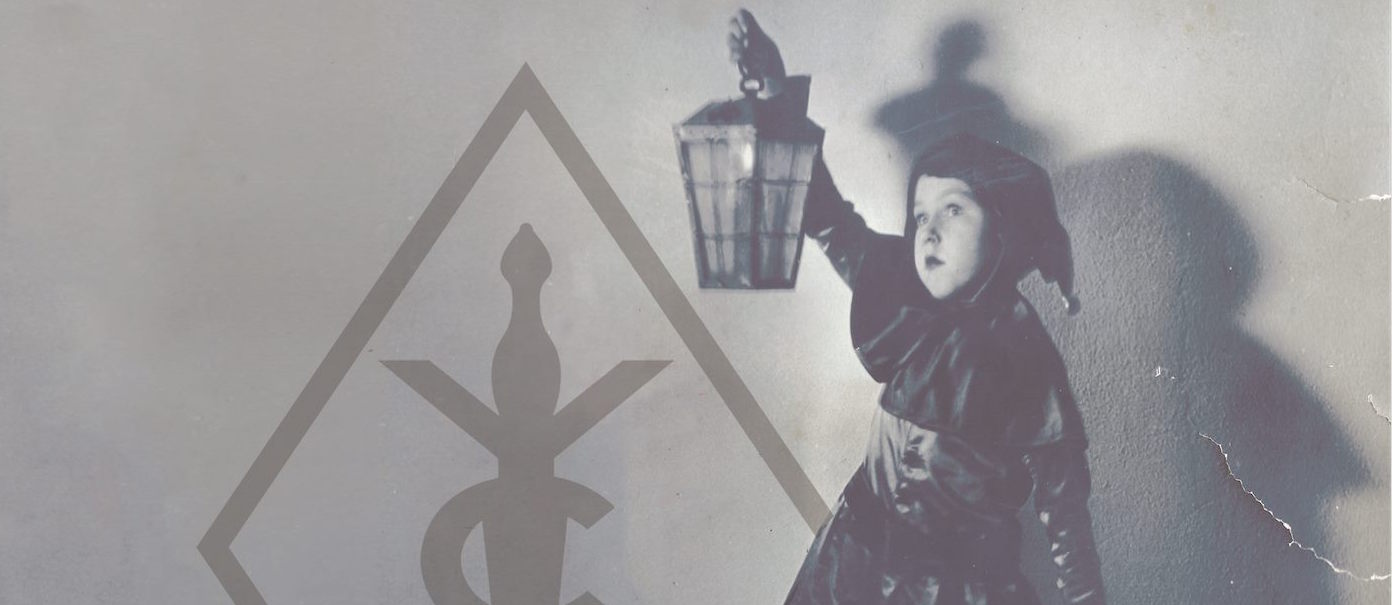



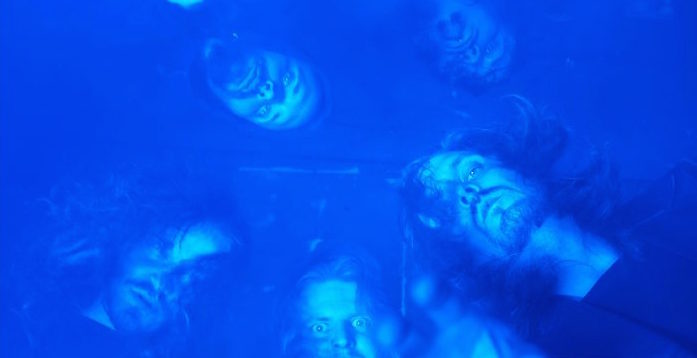
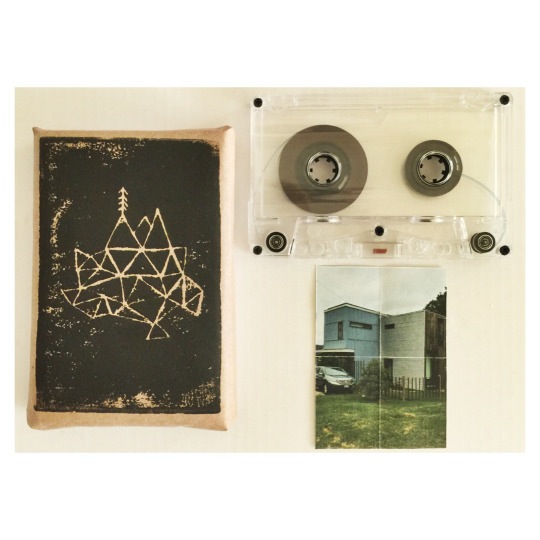



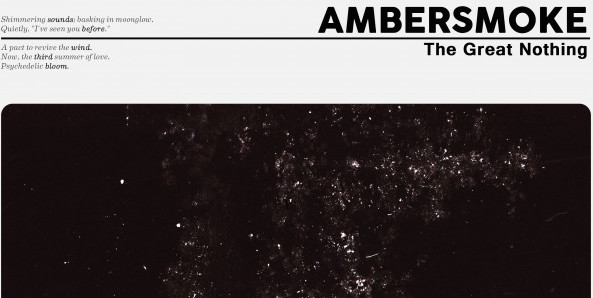
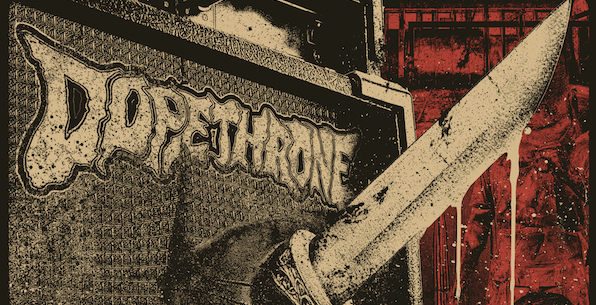


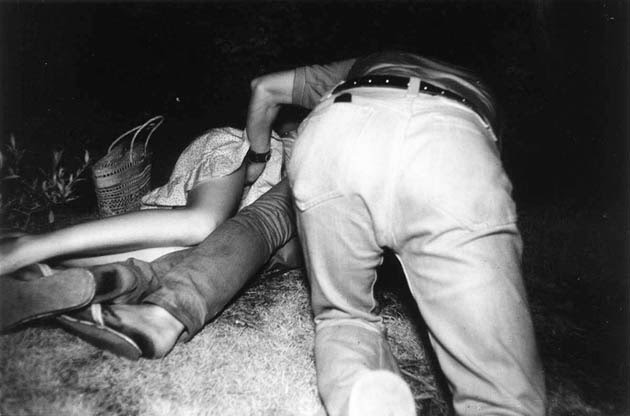
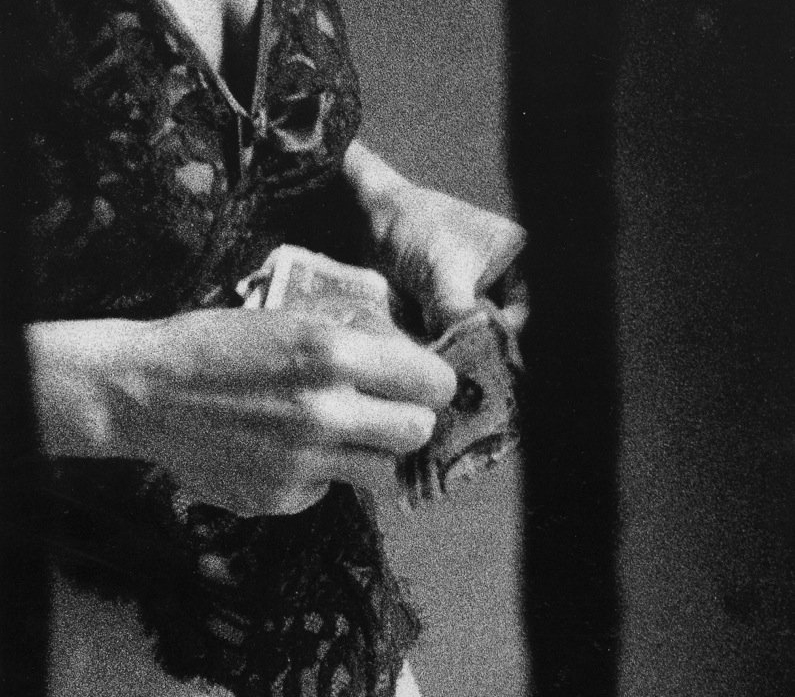
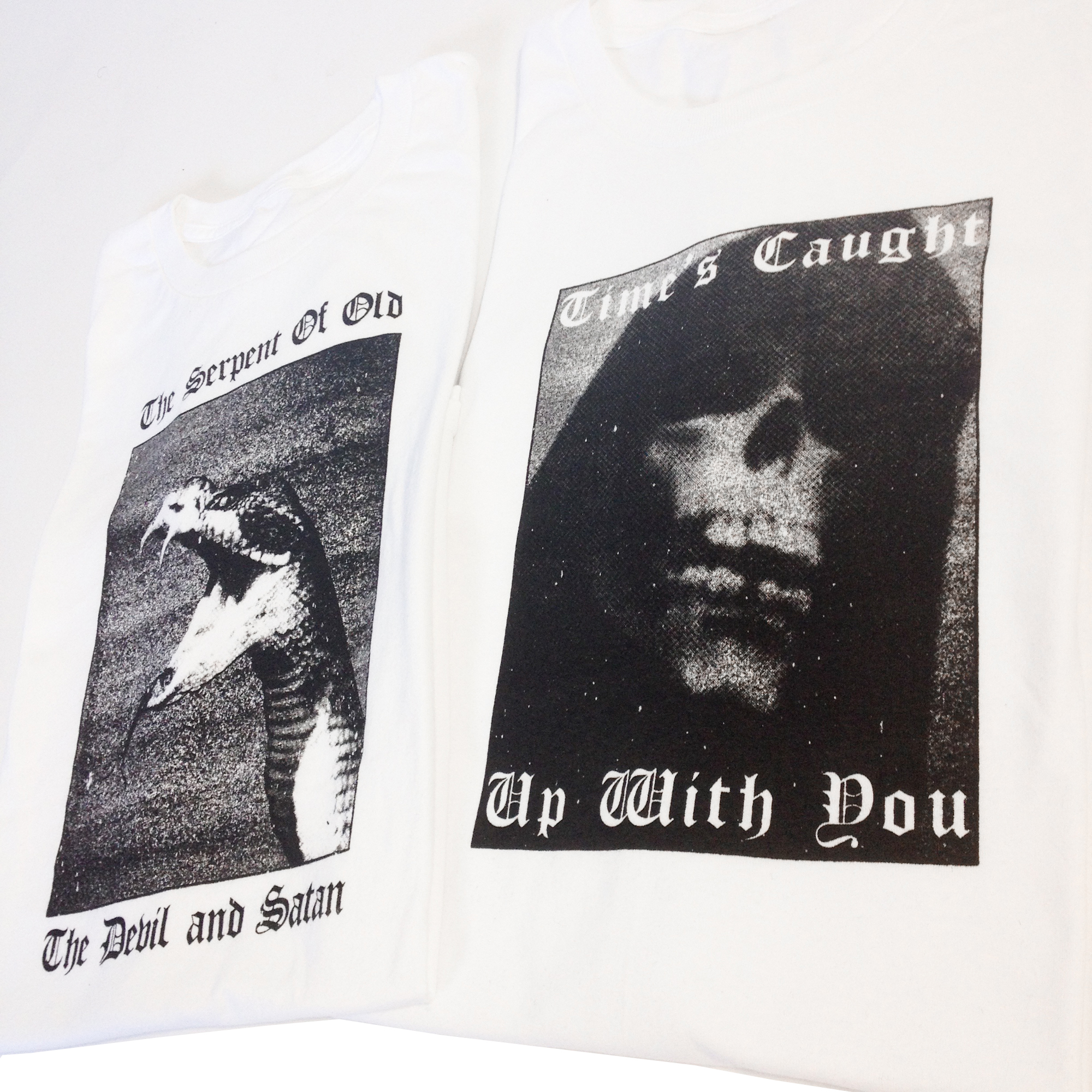
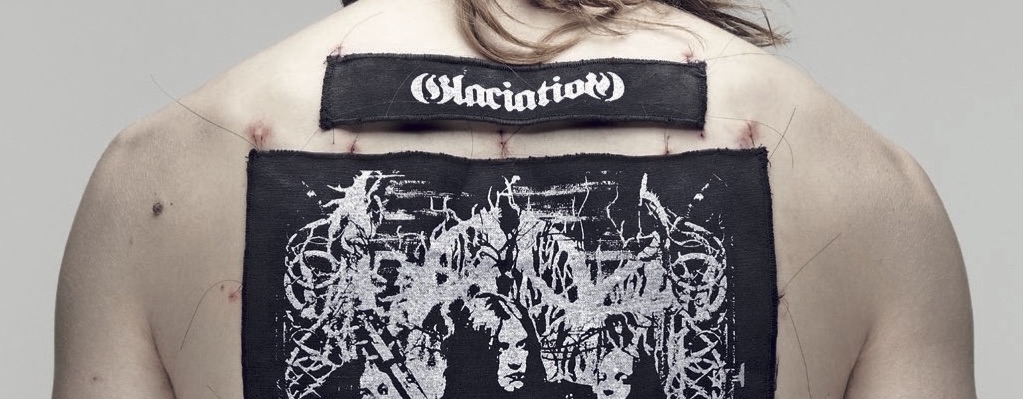

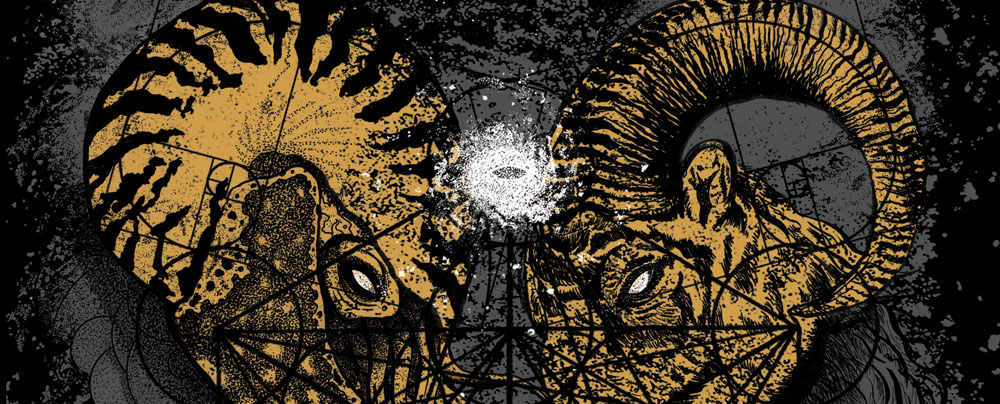


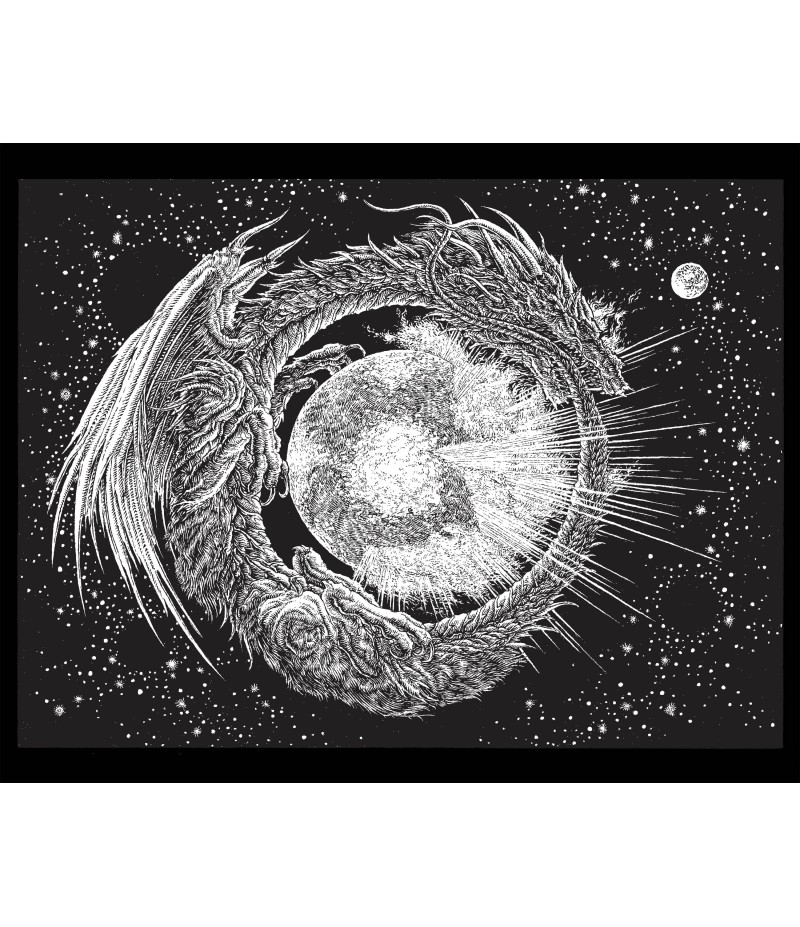
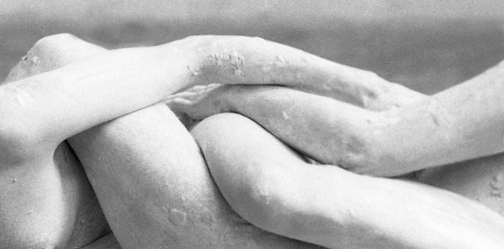

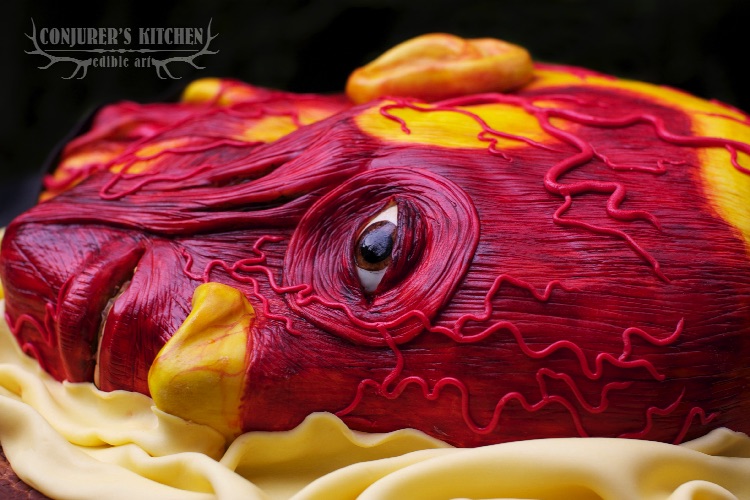
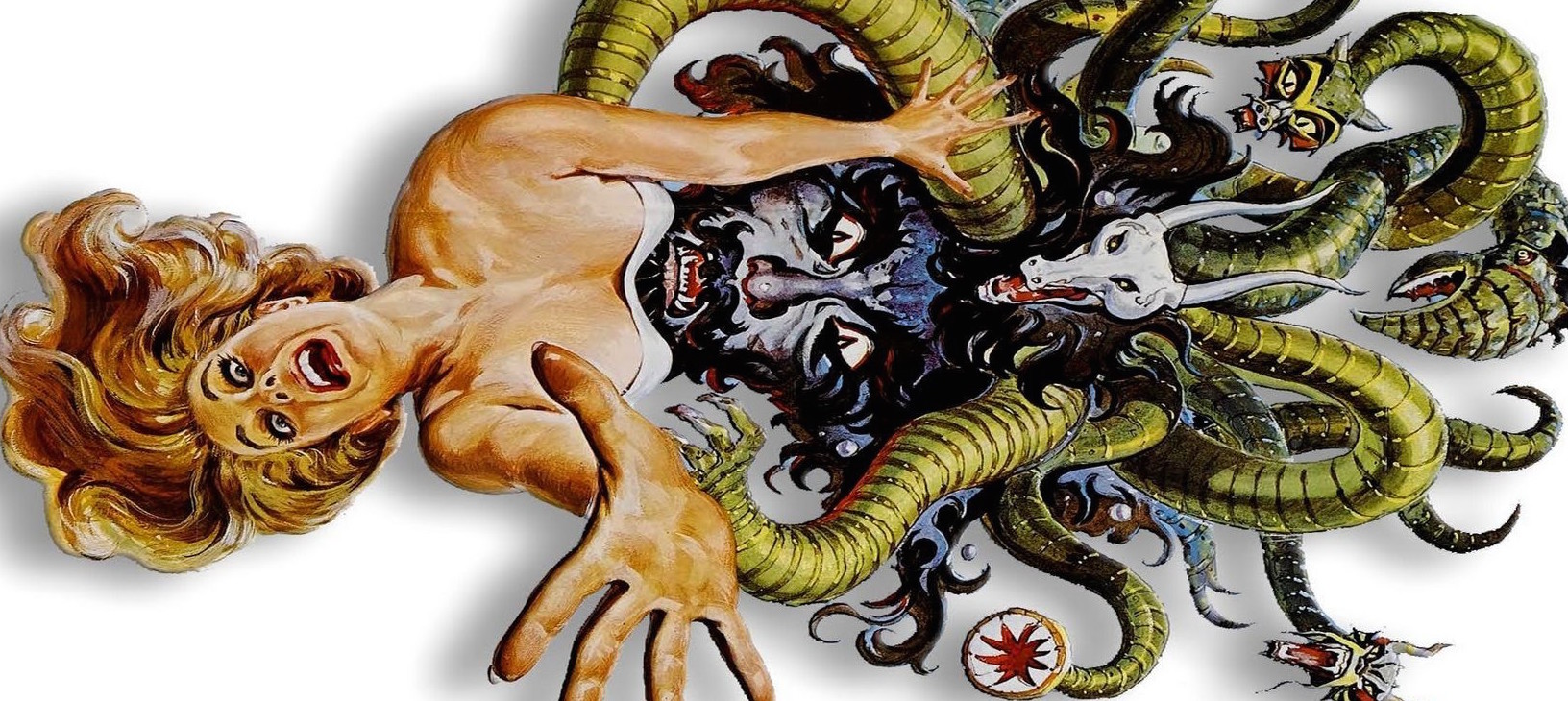

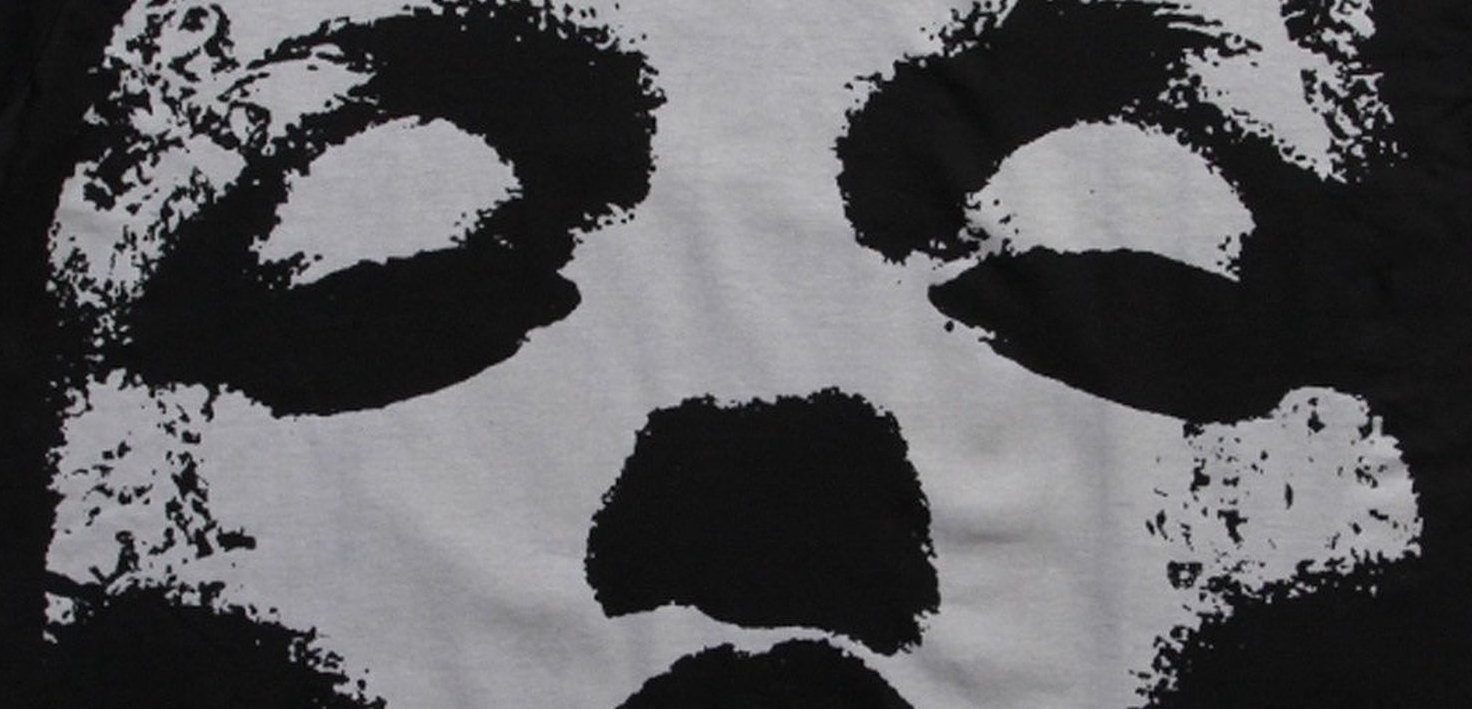

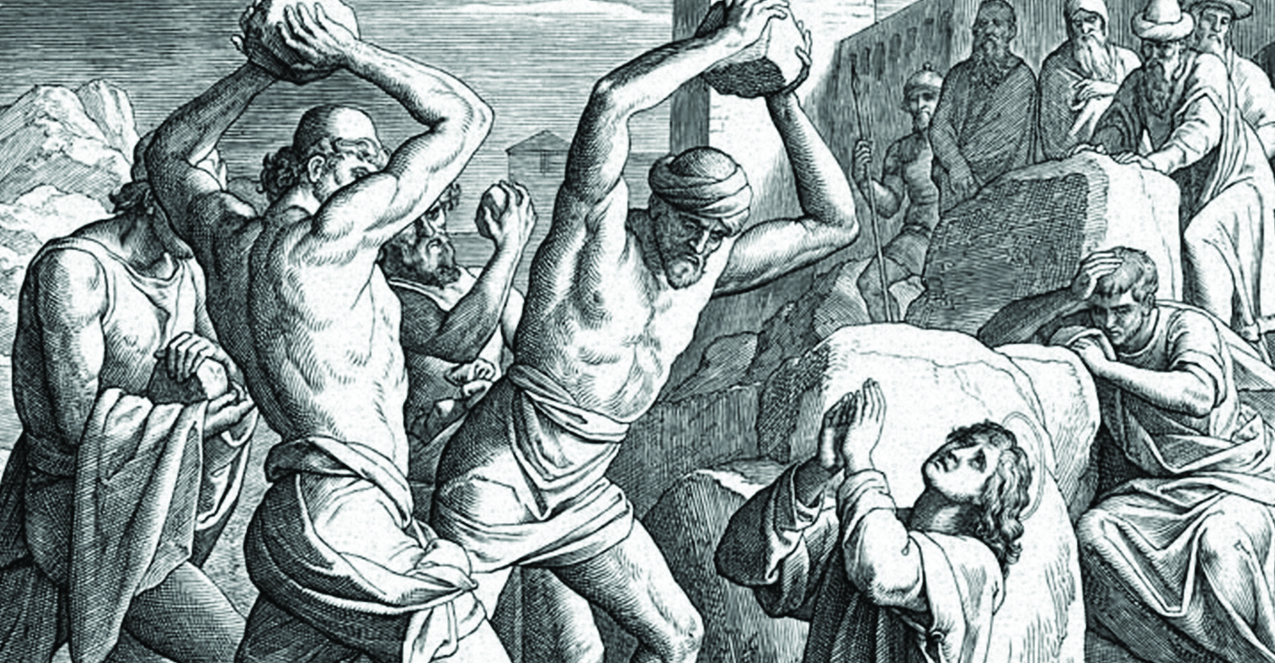


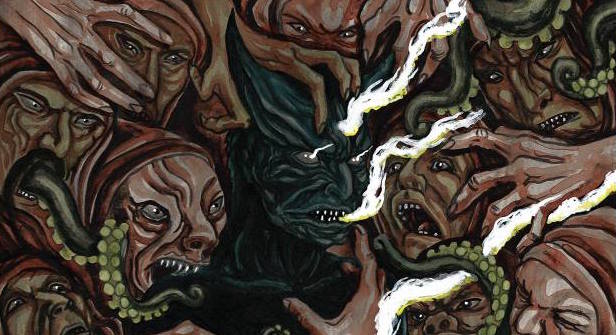





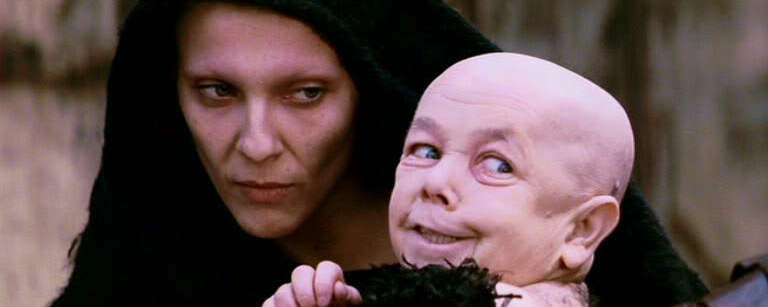


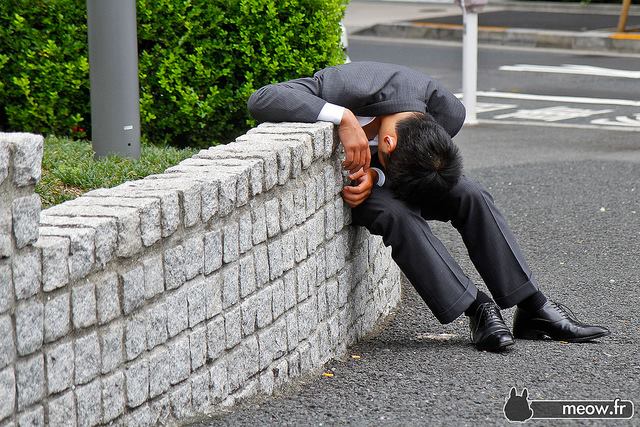



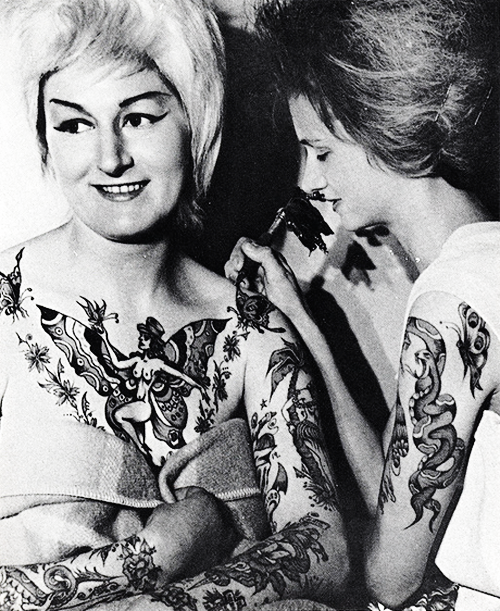

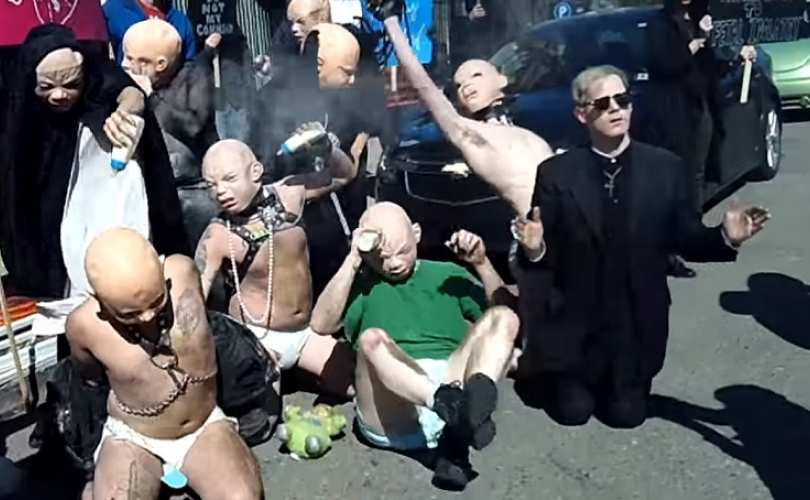












New Comments